Ophir has very high standards for what is considered “measurable.” That is why when we delineate a power scale, the minimum power is usually about 20 times the 3-sigma noise rating (or 60 times the RMS noise). Although it isn’t inherently wrong to say that one can measure power lower than this scale, we believe that it is important to err on the side of caution when it comes to power scales and thresholds.
However, this often leads people to ask: “If Ophir’s standards are so strict, can I measure outside the range stated in the specs?” What exactly happens as the laser power approaches the noise level? It’s clear that if the laser power is of the same order as the noise, we won’t get a meaningful reading. I want to discuss what happens to the accuracy level between the minimum laser power rating and the noise level.
Ophir sensors are typically calibrated to an accuracy of +/- 3%, but as the laser approaches the noise level, the noise will affect this error more and more significantly. The graph below is a sample curve based on a noise of 2mW and a 3% maximum calibration error. As the graph suggests, this is not simply a linear effect. In fact, as the graph is logarithmic and already on a semi-logarithmic scale, one can see that the significance of the noise becomes much more relevant as the power gets lower.
Knowledge is the key. The specs that Ophir writes down are not magic numbers. They are in fact extra-cautious, so it is certainly “permissible” to cross these thresholds. With the above information and an understanding of your application requirements, you should be able to make an educated decision about where to draw your own line.
You might also like to read: Quiet! I can’t hear the movie



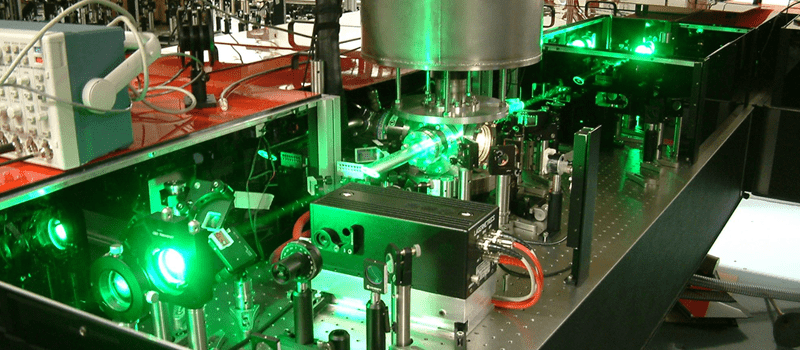
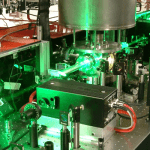
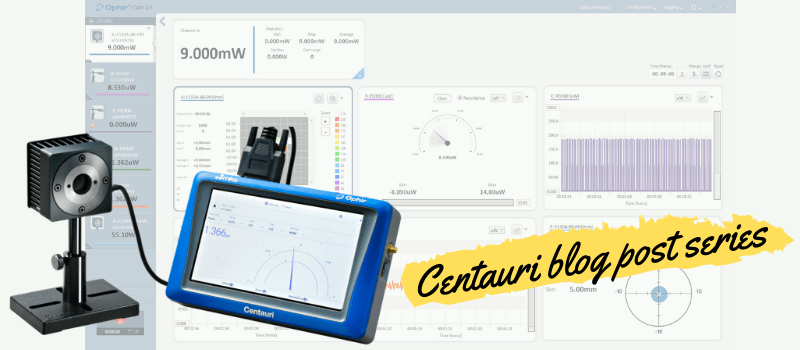
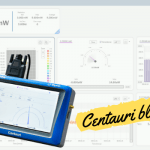
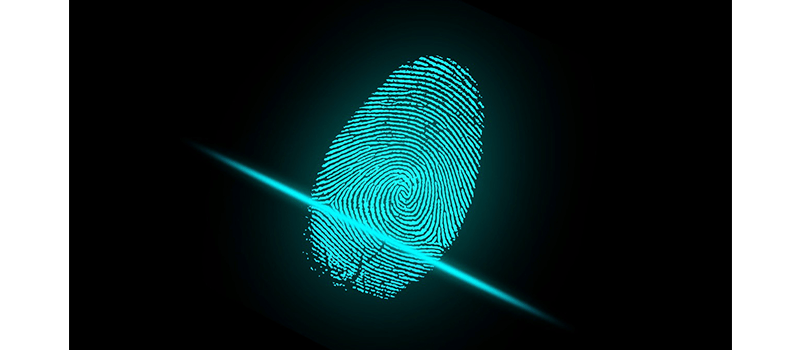
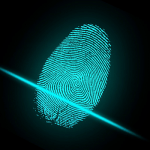
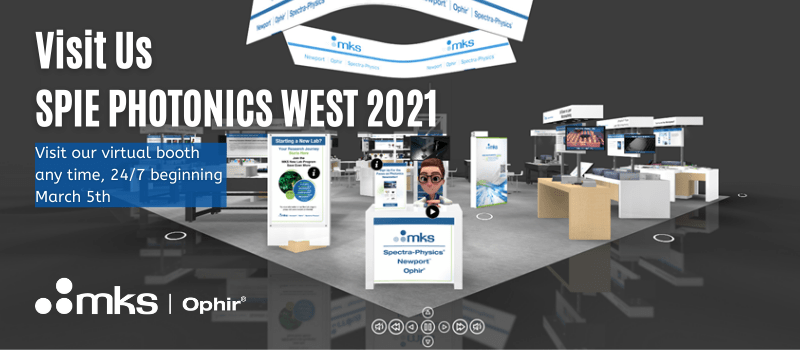

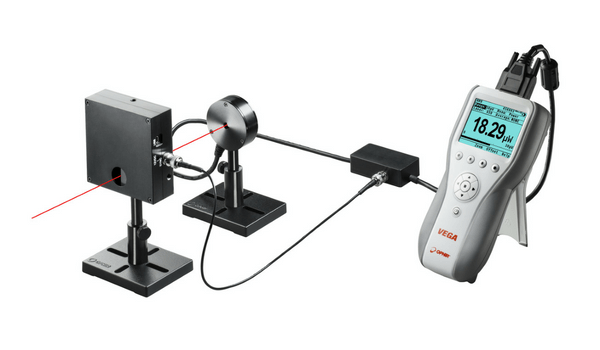
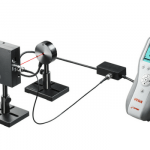
I am trying to find out if, actual lasing time can be figured when using a holmium laser at any setting.
example: 10hz @ 0.5j/ 5 watts.
If the laser accumulated a total joules amount of say; 3,450 total joules can the actual lasing time be determined?
Hi Chuck,
Sorry for the late reply.
Here’s what our CTO Ephraim Greenfield answered me, but I’m not sure if we understood your question properly:
“I assume he means that if he is measuring with a PE sensor and he logs the number of pulses measured and he knows the repetition rate, then he can figure out how long the laser has been lasing. The answer to this is yes if he will log the pulses in the log screen.”
If I misunderstood your question, would you mind clarifying it for me?
Thanks,
Effy